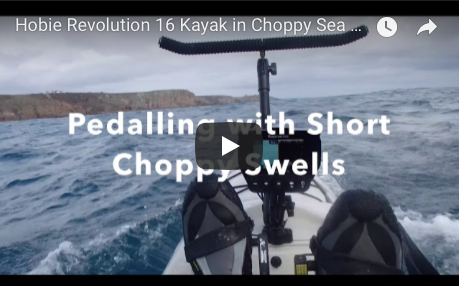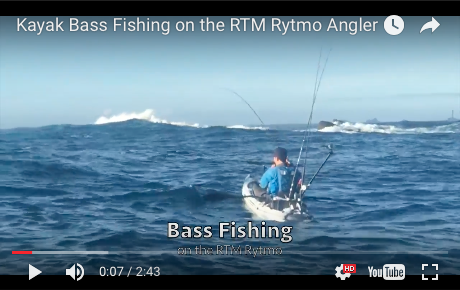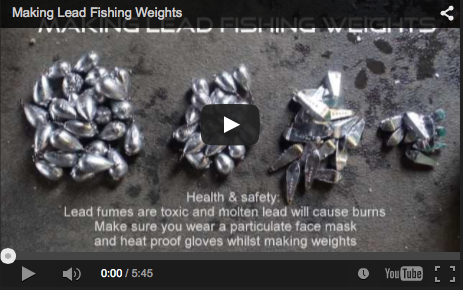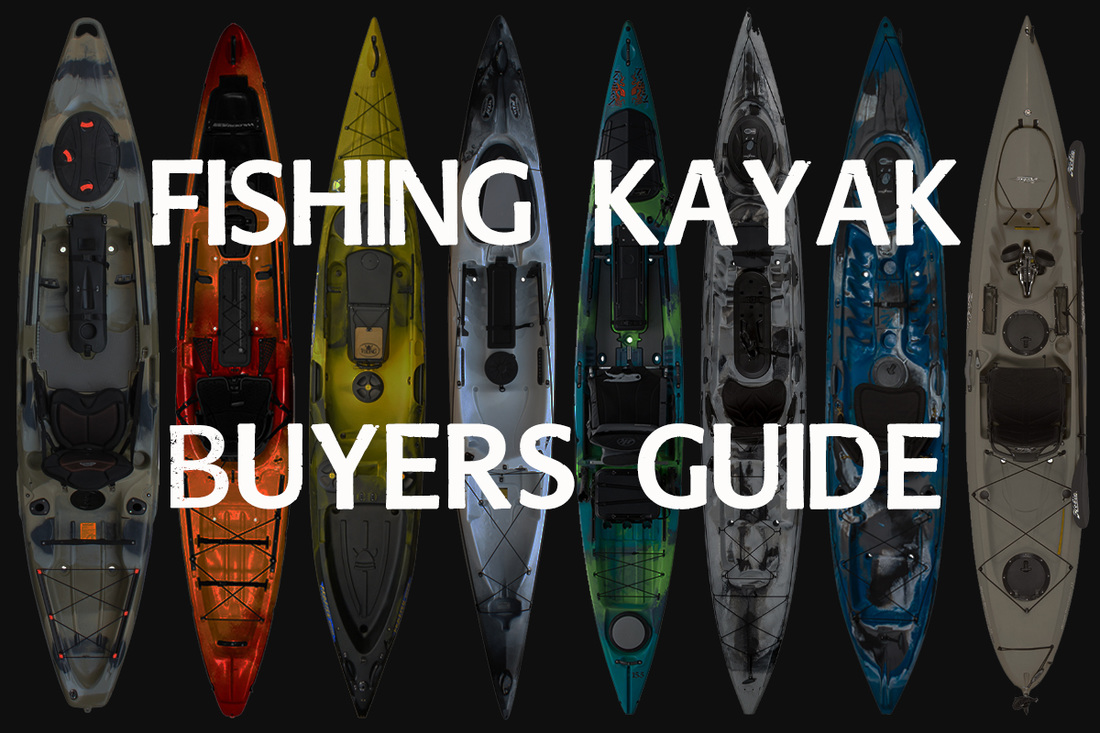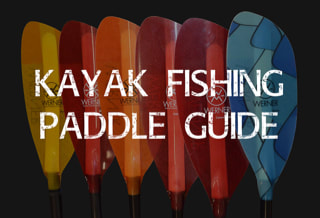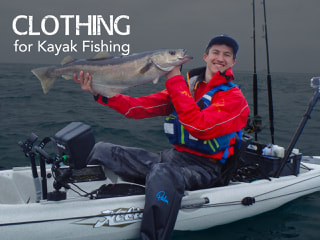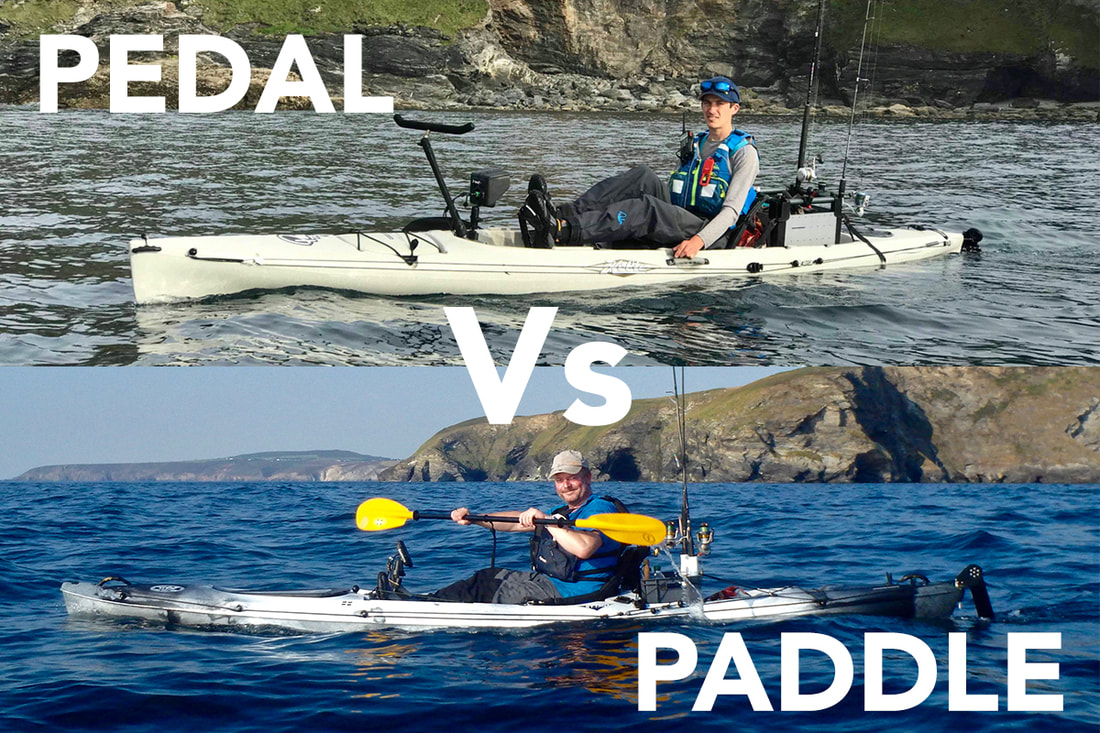No matter where a fixing is installed on a kayak it should be sealed to ensure the integrity of the hull is maintained. Some cheaper brands of kayaks are well documented to have used fixings without sealant and as a result leak like a sieve, potentially putting the user in a dangerous situation when out on the water. The more well known kayak brands will either use moulded in inserts for the attachment of fixtures and fittings such as D-rings and handles etc. or use bolts/washers/nuts or rivets that are sealed in place. When it comes to retro-fitting accessories and equipment such as pad eyes or a cleat for an anchoring system, or a mount and transducer for a fish finder, it is down to the user to ensure the installation of a water tight fixture. The ideal sealants and adhesives need to be flexible when cured to prevent cracking and splitting when the plastic hull of a kayak flexes, or a load bearing fixture moves under stress. For this reason, solid adhesives, such as epoxy resin, are not recommended for use on plastic hulls. There are 3 sealants that are commonly used when installing kayak fittings and equipment, and these all remain flexible to some degree once cured: General Purpose Silicon, Marine Goop and Sikaflex. They all do the desired job of sealing a fixing but each have their advantages and disadvantages so lets take a closer look at each in turn.... General Purpose Silicon
Marine Goop
Sikaflex
Despite being a bit tricky to work with neatly, this stuff really does stick well to polyethylene and gel coat. It is therefore great for sealing and sticking fixtures and fittings and also for sticking down a transducer in the same way as the Marine Goop method mentioned above. Whilst i prefer Marine Goop to work with, Black Sikaflex looks really good on black surfaces, such as the hull of my Tempo, or the centre hatch of my Rytmo. Its tricky to work with on light coloured material as its hard to achieve a neat finish but with patience and persistence it can work well. Sikaflex-291i can be brought from several online websites for around £10 a tube. So there we have it - 3 sealants that can be used to waterproof any kayak fittings and fixtures you may want to add to your kayak. Marine Goop is my favourite and It is definitely worth having a tube of it in your kayak tool box as it will always come in handy for both little and big installation jobs. I like to have Goop, Sikaflex and Clear Silicon at my disposal and i can be confident that all my fixings are fully waterproof and that the fixtures i have used are not going to compromise the hull. Providing you are working above the waterline and use plenty of sealant then your fixtures and fittings will keep the water out and not let any in!
Kernow
2/8/2016 18:30:52
Nice one Liam,informative and easy to follow. For those planning to rig out a kayak to suit their needs,these posts are an essential read.Keep it up mate
Ken Dye
2/11/2019 21:52:34
I am replacing a broken hatch. I am looking for a good sealant that can be removed if I need to replace the hatch again. Ease of removal can be an important feature of a kayak sealant. You might want to update your article. 2/11/2019 23:13:21
Hi Ken,
Steve Micklethwaite
5/1/2021 23:07:51
Hi Liam 3/8/2022 07:39:15
Really informative article, I had the opportunity to learn a lot, thank you. https://www.takipcikenti.com/instagram/turk-takipci/ Comments are closed.
|
AuthorLiam Faisey My Tackle ShopSPONSORSProudly associated with
Cornwall's only specialist kayak fishing shop
Archives
March 2023
Categories
All
Add my blog to your feed reader by clicking the button below
Get blog updates via email
Kayak Fishing VideosCustom feed reader powered by FeedWind
Useful Links
Anglers Afloat
Cornish Shore & Kayak Fisherman Cornwall Canoes Palm Equipment Penzance Kayak Fishing Meet Info Saltwater Kayak Fisherman Magic Seaweed XC Weather |
|
Website powered by pasties and the hope of good weather!
© 2023 Liam Faisey
© 2023 Liam Faisey

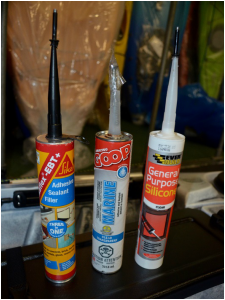
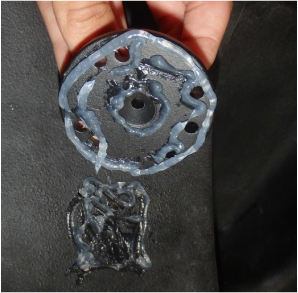


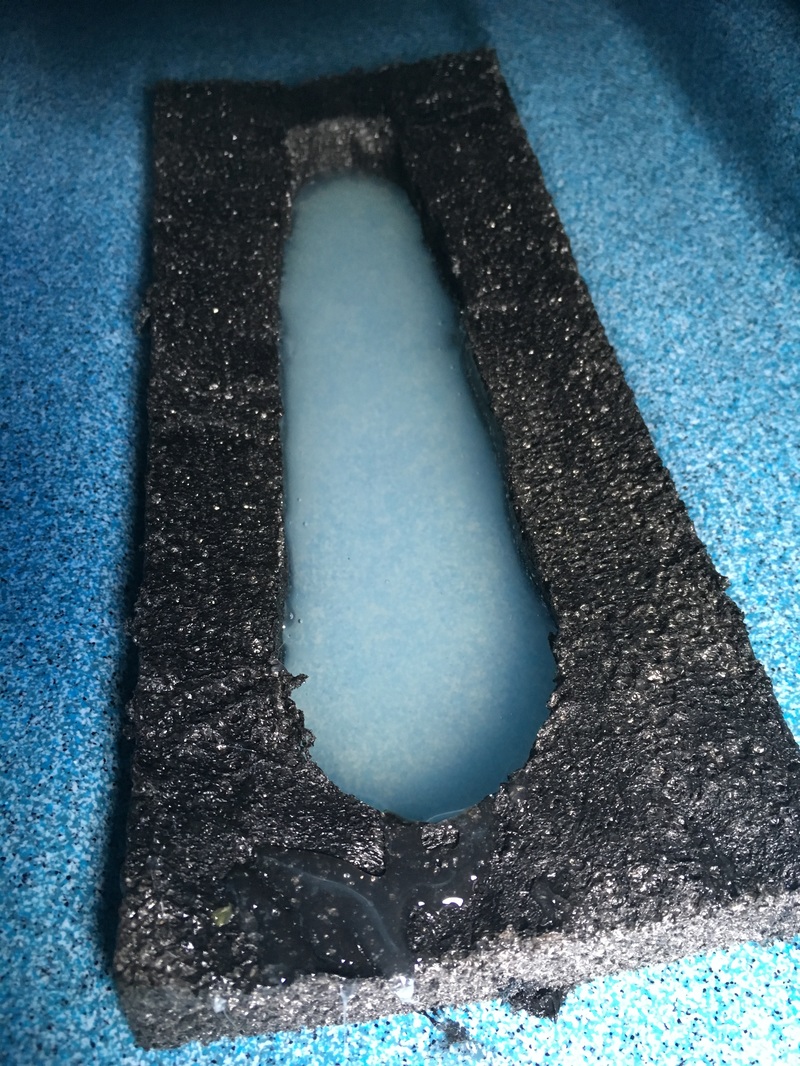
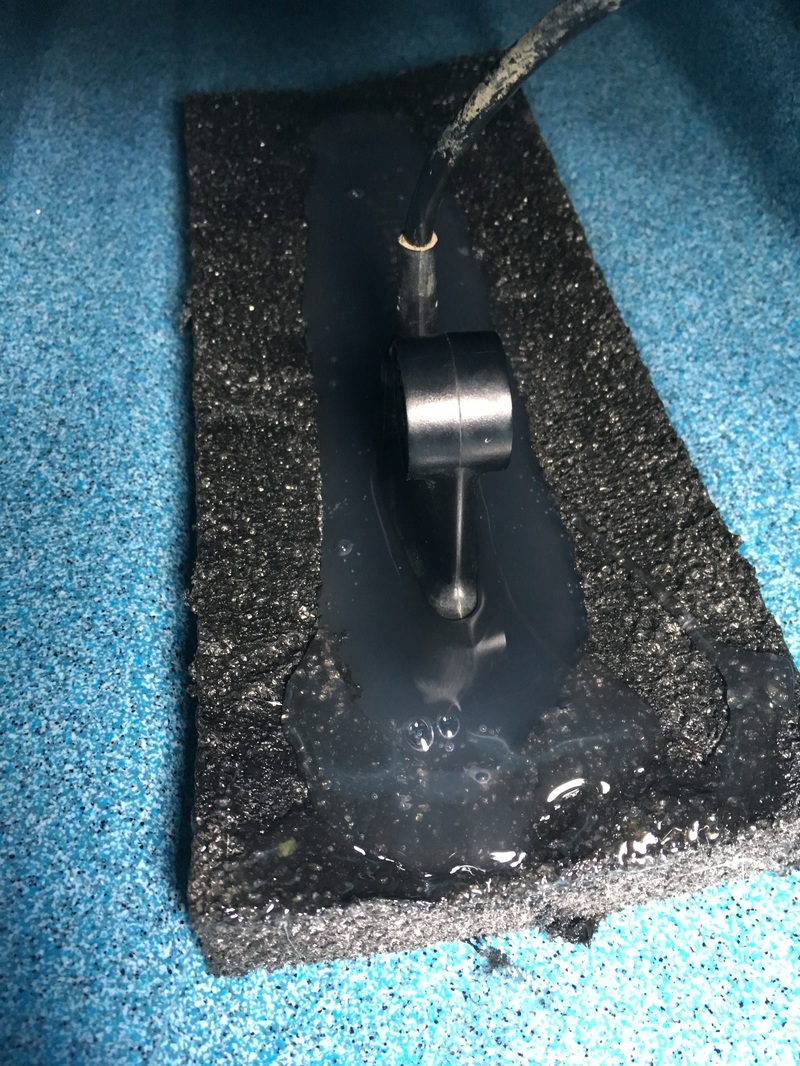


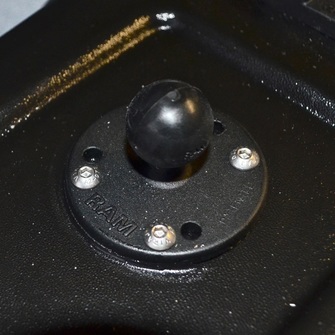
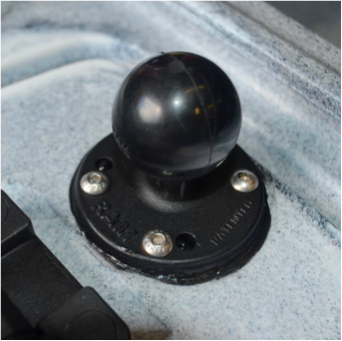
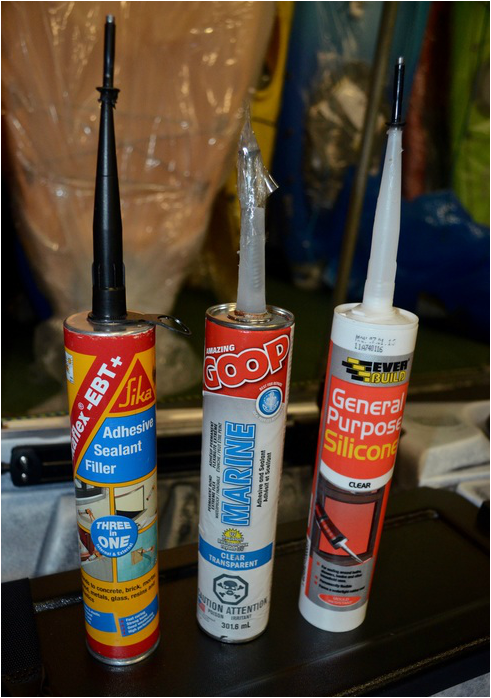
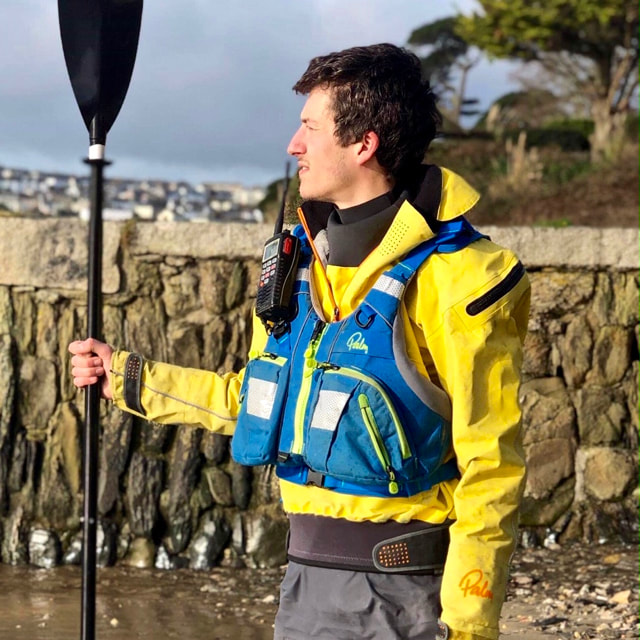







 RSS Feed
RSS Feed



